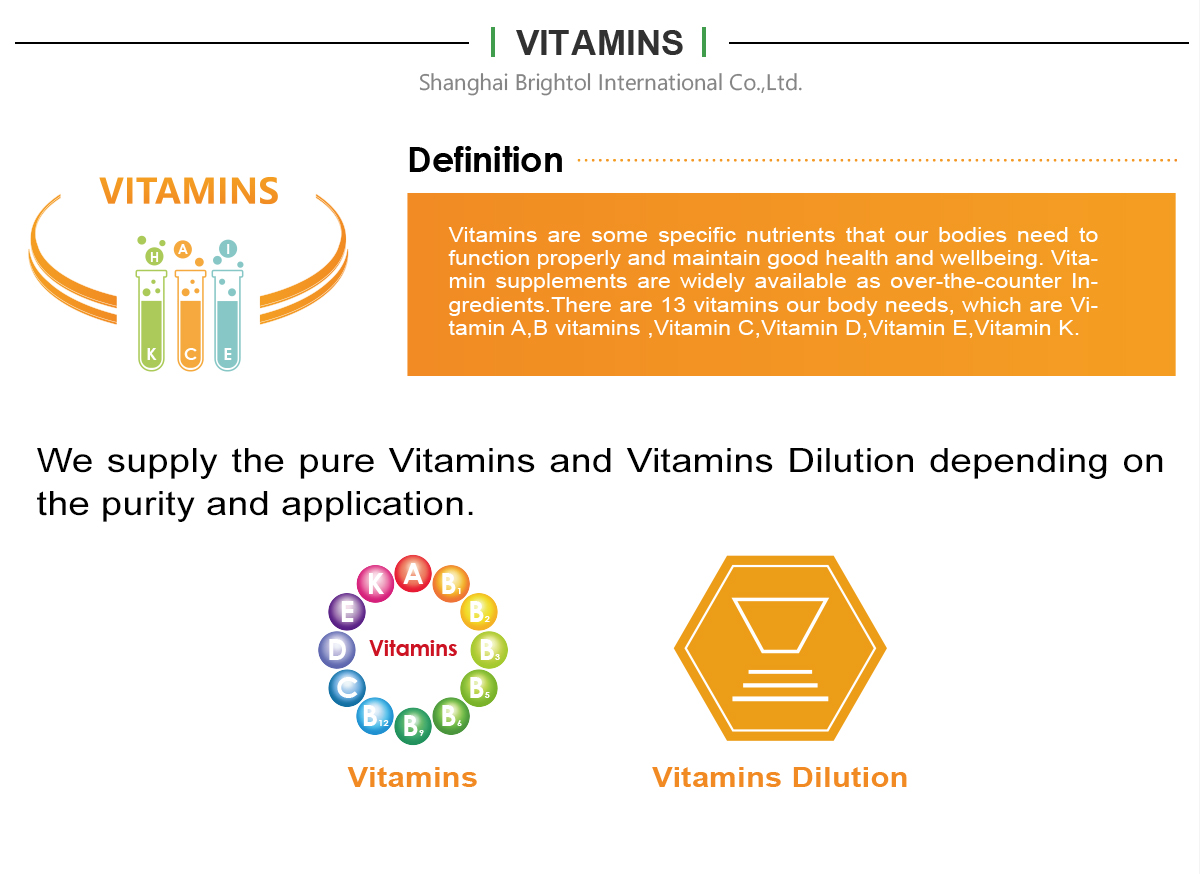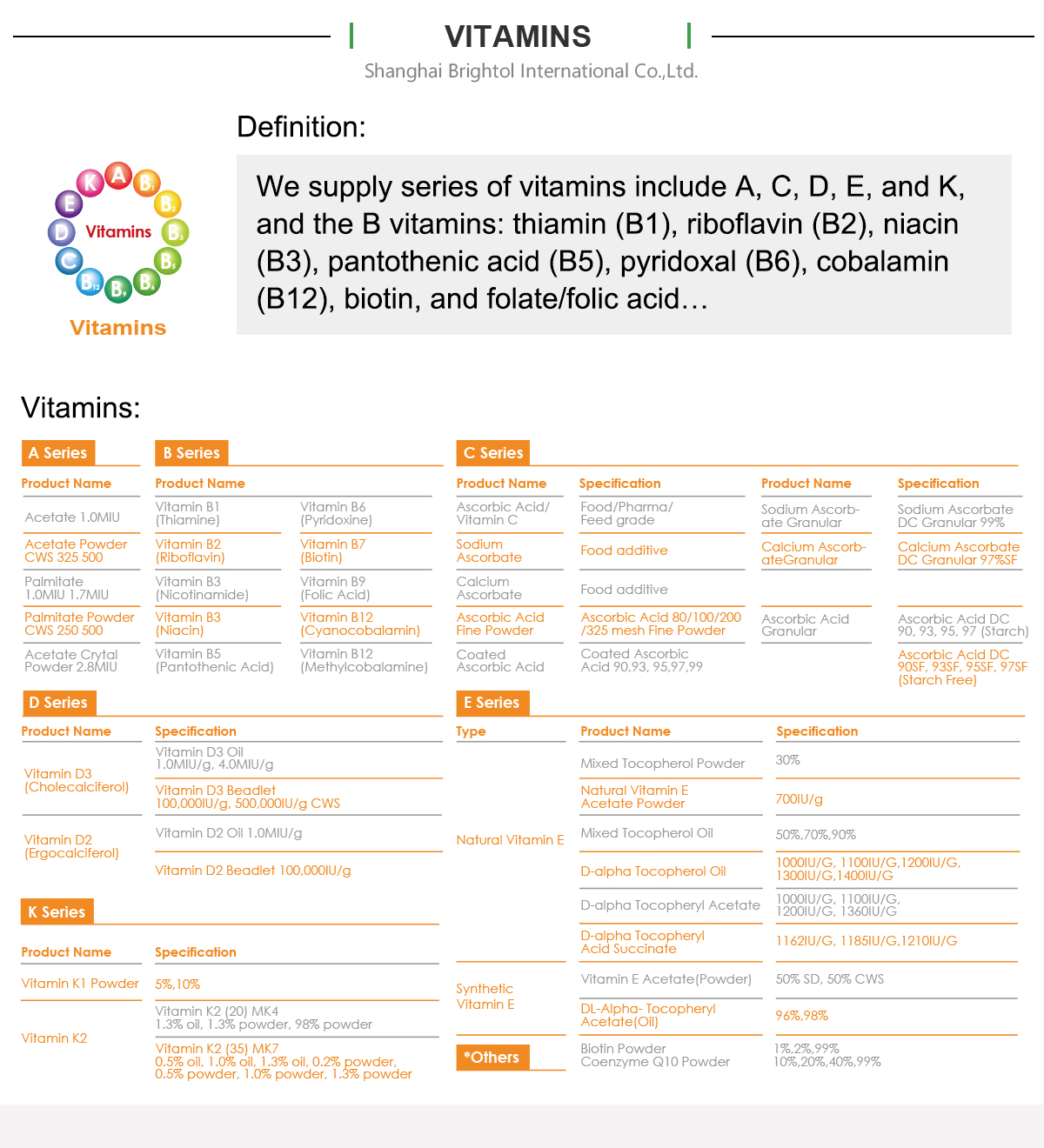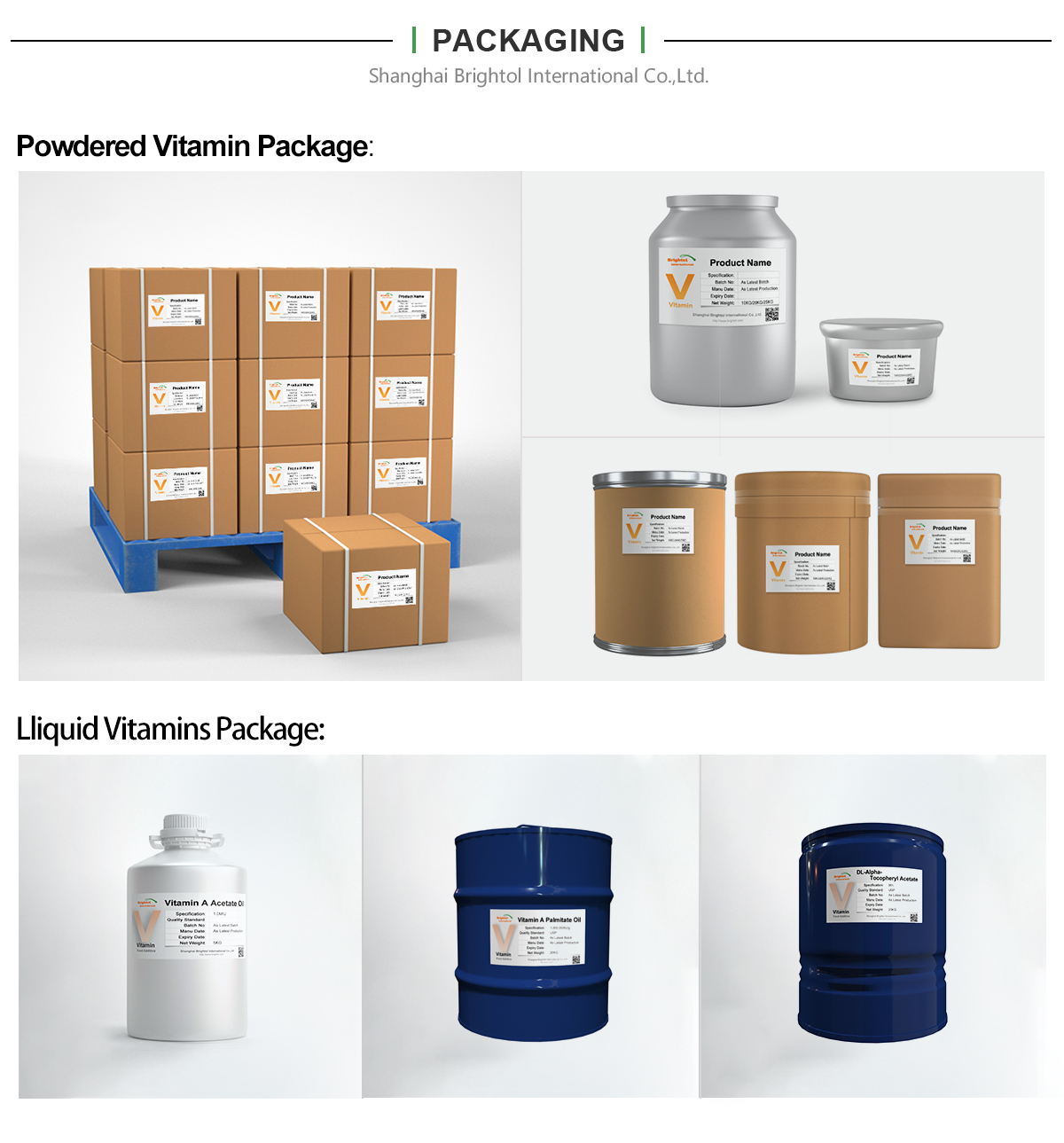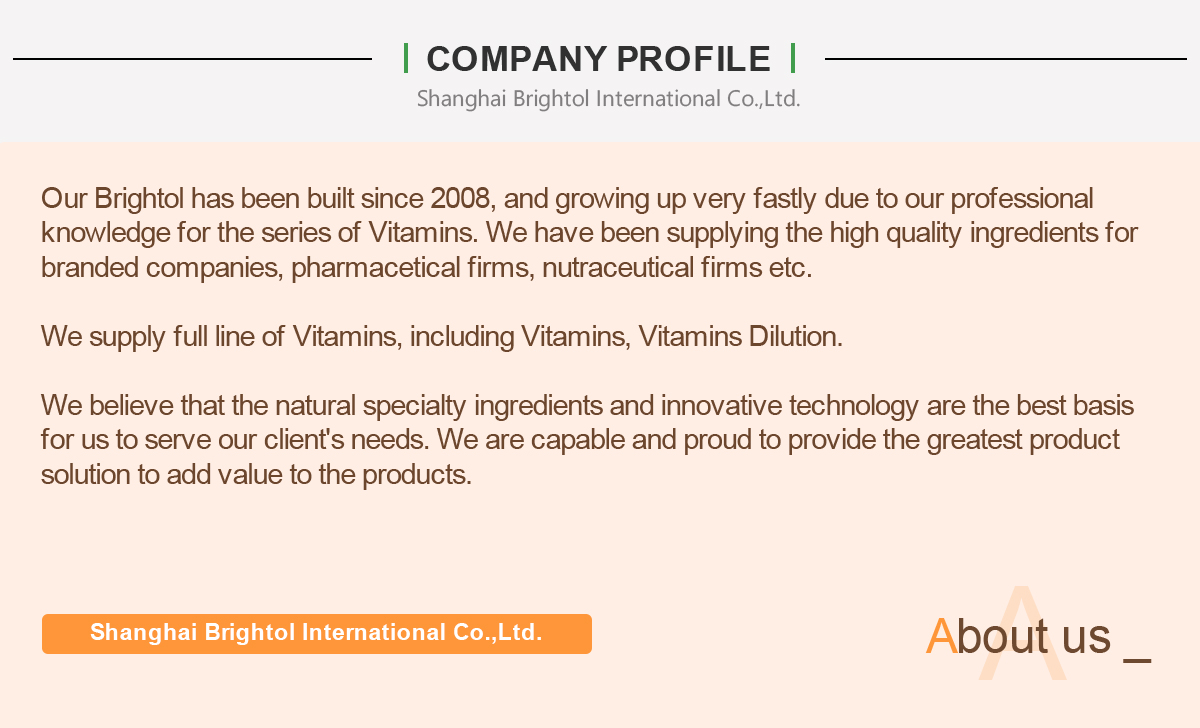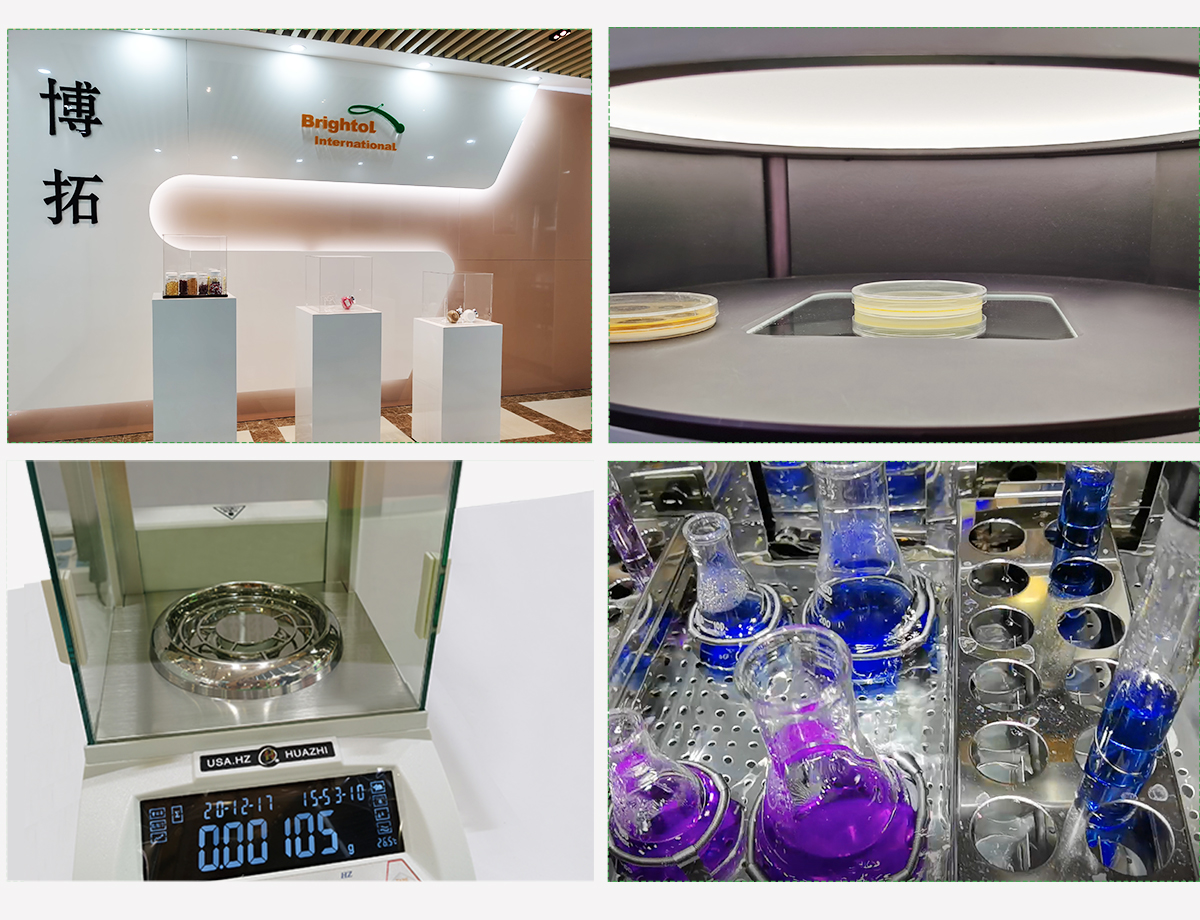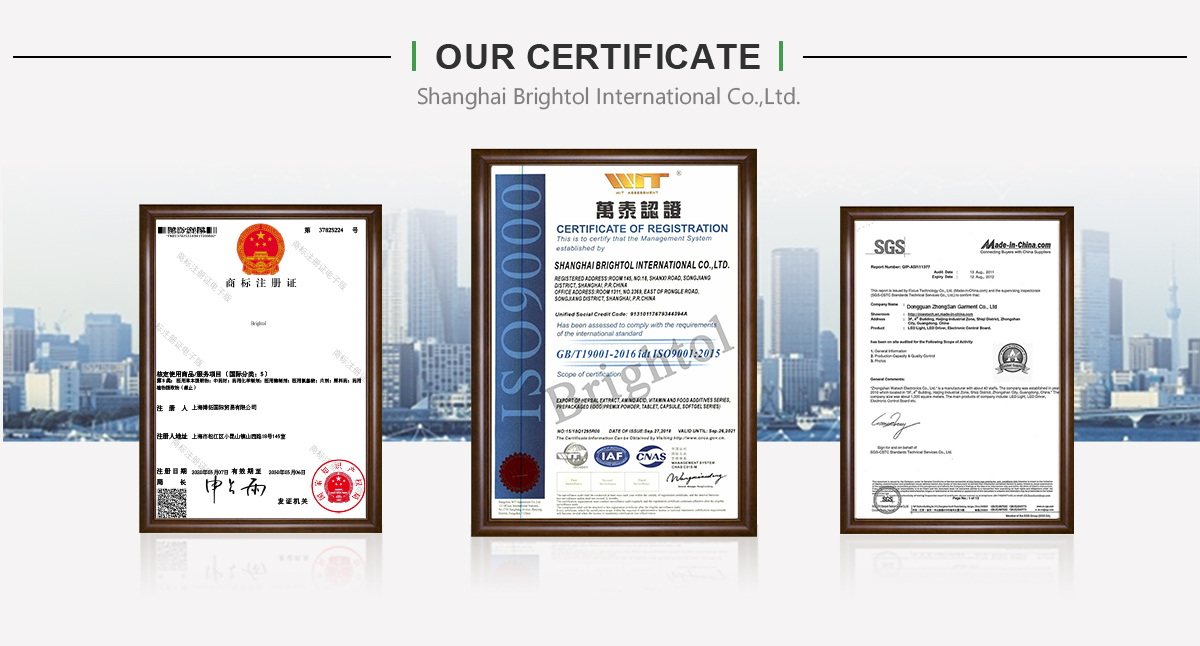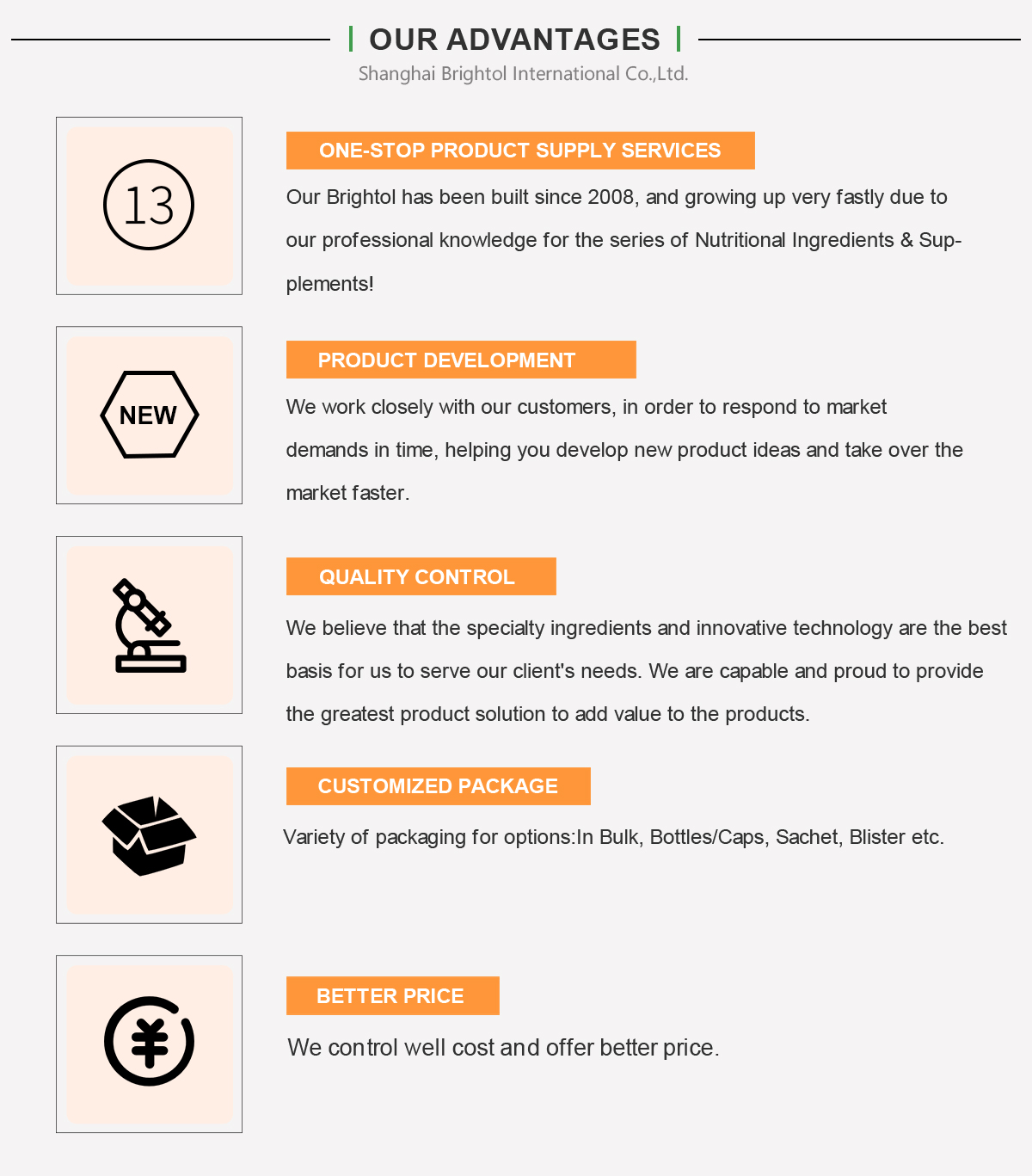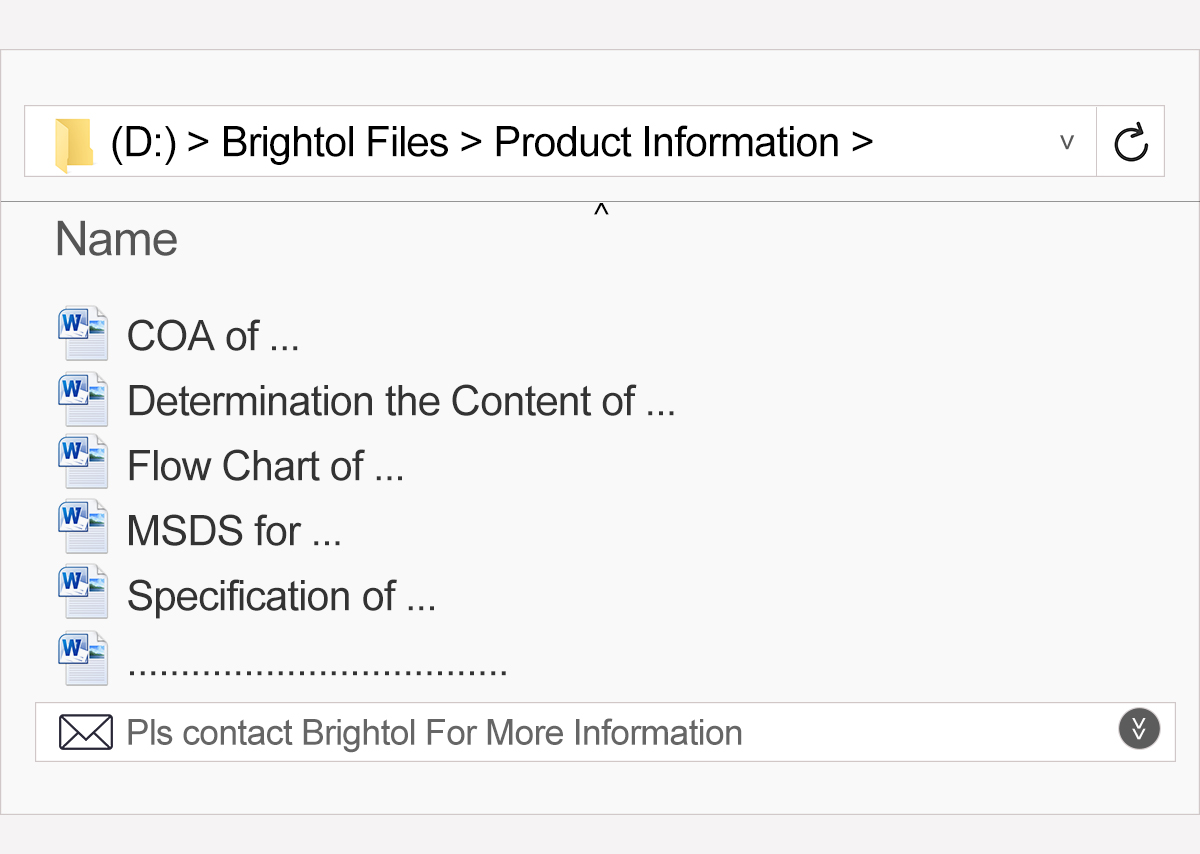

Vitamin B6
Introduction:
Vitamin B6 is of water-soluble vitamins. It is kind of white or white crystalline powder, soluble in water, slightly soluble in ethanol. Added in food and beverage to strength nutrition, it can promote the growth and development of young animals in the feed. Also it is the composition of the coenzyme in human body.
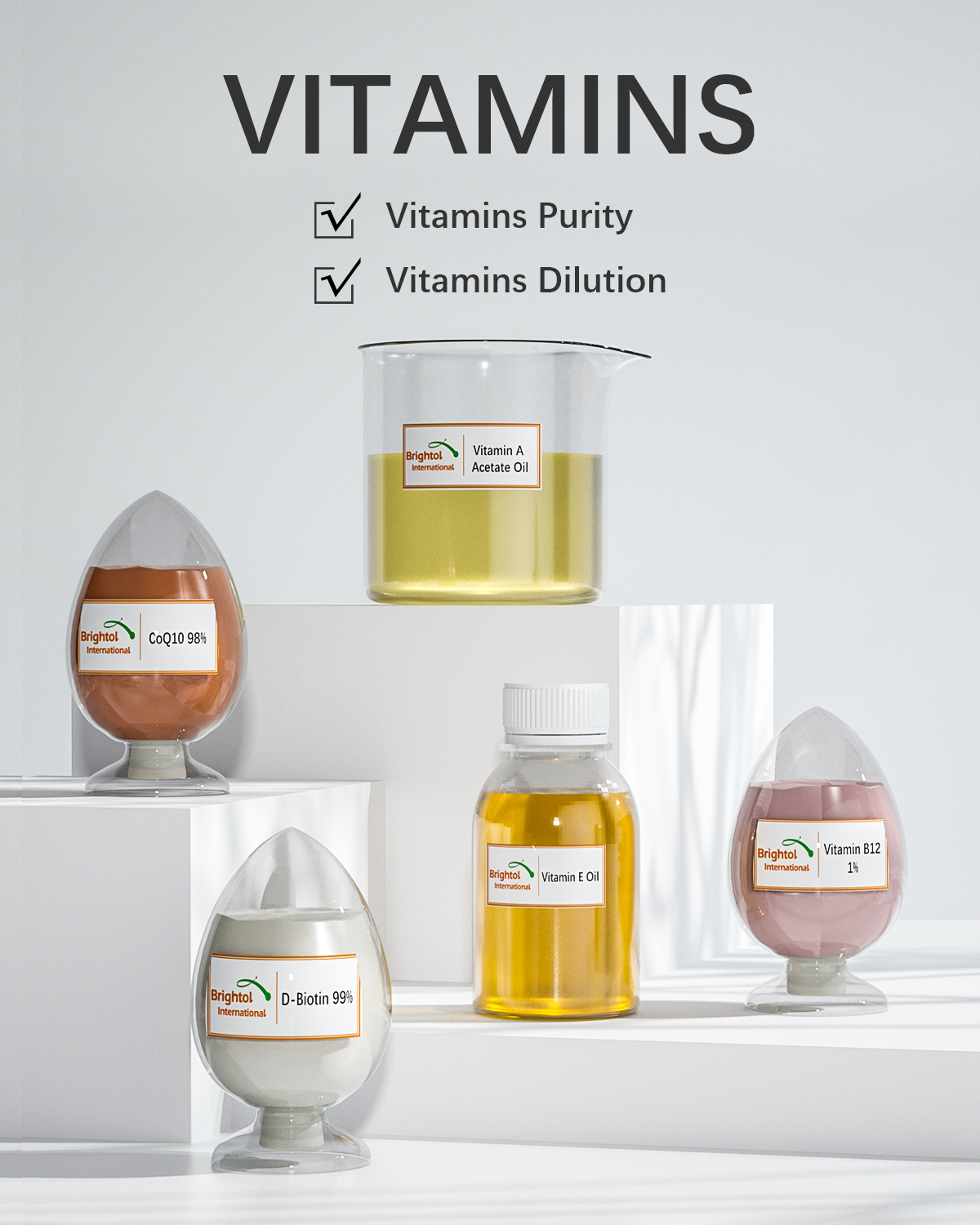
 Vitamin B6
Vitamin B6
Introduction:
Vitamin B6 is of water-soluble vitamins. It is kind of white or white crystalline powder, soluble in water, slightly soluble in ethanol. Added in food and beverage to strength nutrition, it can promote the growth and development of young animals in the feed. Also it is the composition of the coenzyme in human body.
Vitamin B6 is a collective term for several compounds that are very similar. Pyridoxine is the free form of vitamin B6 and is named after its structural similarity to pyridine. Pyridoxal 5'-phosphate (PLP) is the most biologically active form of vitamin B6. Vitamin B6 is an essential nutrient in humans with many specific biochemical functions that generally involve PLP’s use as a cofactor in the metabolism of amino acids, glucose and lipids.
Identification
|
Name |
Pyridoxine hydrochloride |
|
Molecular Formula |
C8H11NO3.HCl;C8H12ClNO3 |
|
Molecular Weight |
205.64 |
|
CAS NO. |
58-56-0 |
|
EINECS |
200-386-2 |
|
Melting point |
214 ºC |
|
Water solubility |
0.1 g/mL (20 ºC) |
Function:
1.Eye health support
Some research shows that vitamin B6 may help to maintain your vision, especially if you are older. This application typically combines vitamin B6 with folic acid and vitamin B12.
2.Menstrual health
Vitamin B6 may help to manage the symptoms of pre-menstrual syndrome
(PMS),including breast discomfort.
3.Behavioral support
Vitamin B6 may help to maintain serotonin levels in children, which can support normal behavior.
4.Blood health support
Oral vitamin B6 may support blood health by helping to manage normal levels of homocysteine. This use often combines vitamin B6 with folic acid.
Specification
|
Item |
Standard |
|
Assay(in dry products) |
98.0~101.0% |
|
Melting point |
205~209ºC |
|
Acidity(pH) |
2.4~3.0 |
|
Heavy metal(Pb) |
≤0.003% |
|
Loss on drying |
≤0.5% |
|
Residue on ignition |
≤1.0% |
